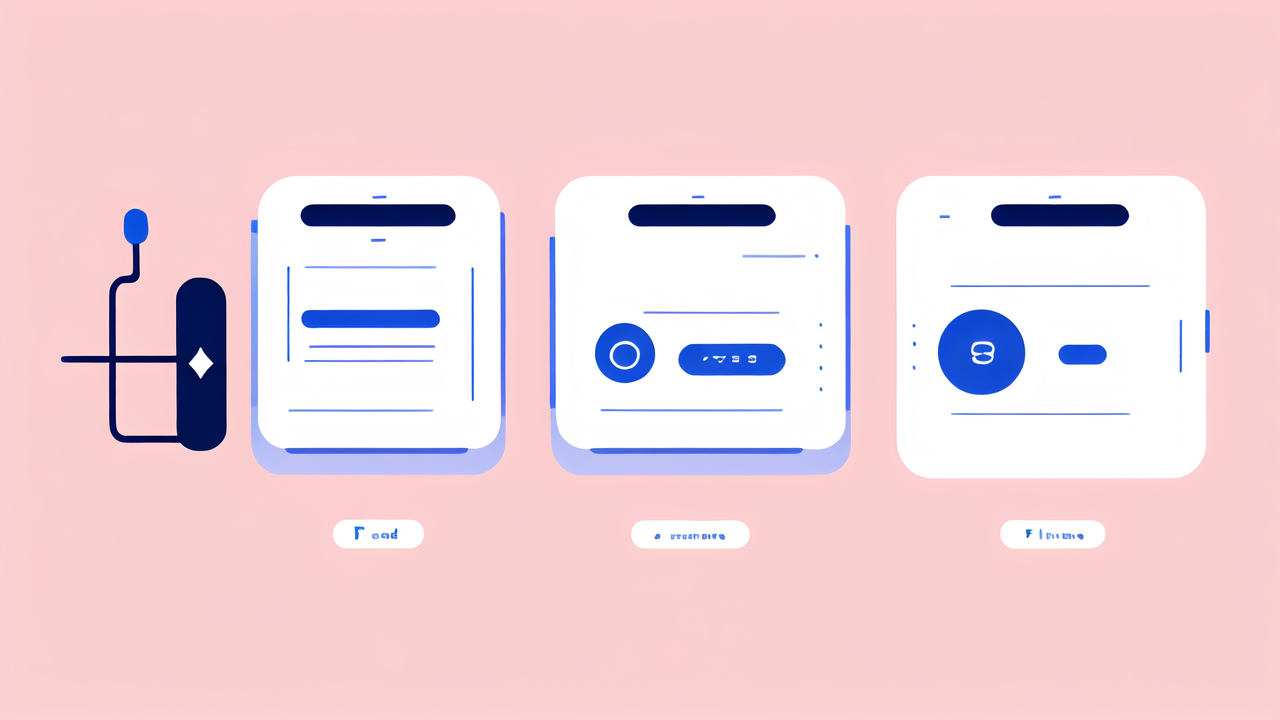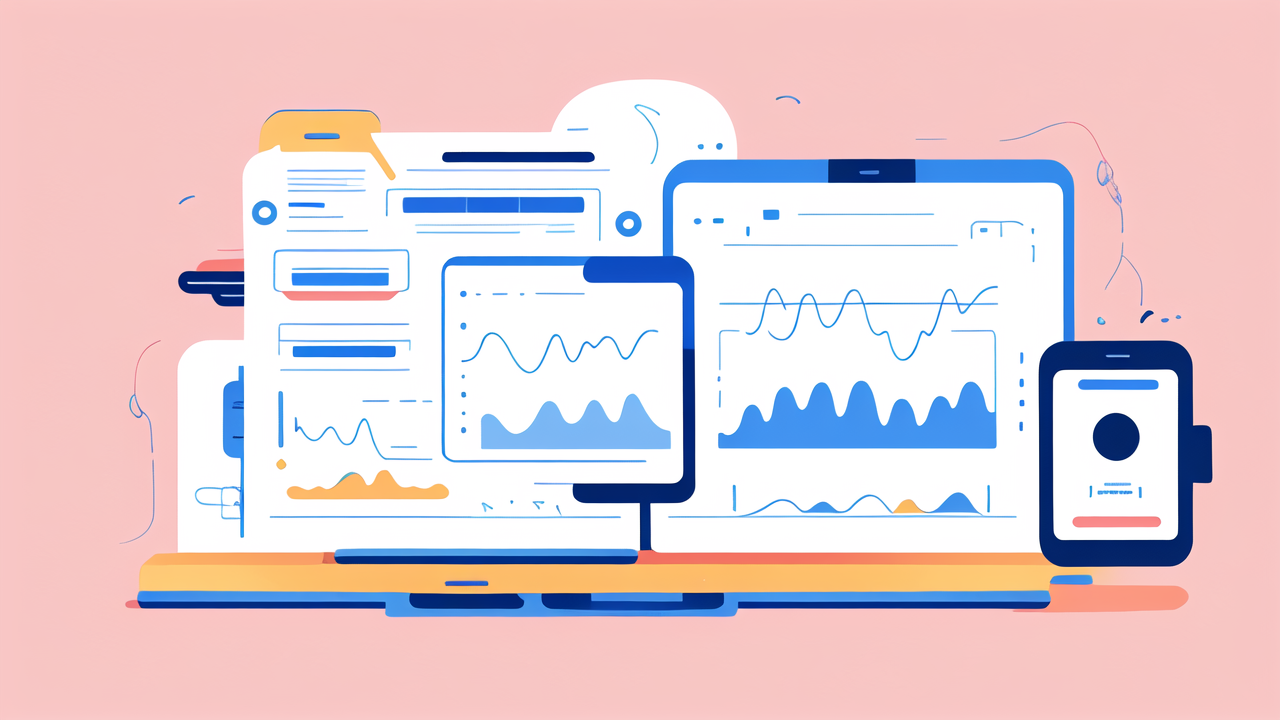Introduction to Smart Bracelets and Body Tracking
The Evolution of Smart Bracelets in the Health Sphere
Smart bracelets have come a long way since their inception. They started as simple step counters. Now, they're advanced health monitors. The first models only tracked basic activity. Today's devices offer a wide range of health metrics.

Early smart bracelets focused on fitness goals. They counted steps and estimated calories burned. As technology improved, so did their capabilities. Newer models can track heart rate, sleep patterns, and even stress levels.
The health sphere has embraced these devices. They provide valuable data for both users and healthcare providers. Smart bracelets have become important tools in preventive healthcare. They help users stay aware of their health status and make informed decisions.
Understanding Body Tracking Technology
Body tracking technology is the core of smart bracelets. It uses various sensors to collect data. These sensors include accelerometers, gyroscopes, and optical sensors. Each plays a crucial role in monitoring different aspects of health.
Accelerometers measure movement and physical activity. Gyroscopes detect orientation and rotation. Optical sensors use light to measure heart rate and blood oxygen levels. Some advanced models even include ECG sensors for heart rhythm monitoring.
The data from these sensors is processed by algorithms. These algorithms turn raw data into useful health insights. They can detect patterns and anomalies in your health data. This helps users understand their overall health status better.
Regulatory Landscape for Body Tracking Devices in the United States
In the US, body tracking devices fall under FDA regulation. The FDA classifies them based on their intended use and risk level. Most smart bracelets are considered low-risk devices. They don't require extensive FDA review.
However, devices with more advanced health features may face stricter regulations. For example, smart watches with ECG capabilities need FDA clearance. This ensures the device is safe and effective for its intended use.
Privacy is another important regulatory concern. The Health Insurance Portability and Accountability Act (HIPAA) protects health data. Companies must ensure their devices and apps comply with these privacy rules.
Key Features of Smart Watches and Body Trackers
Heart Rate Monitoring and ECG Services
Heart rate monitoring is a key feature of smart bracelets. It uses optical sensors to measure pulse. This data can help users track their fitness and overall health. Many devices offer continuous heart rate monitoring.

Some advanced smart watches now offer ECG services. These can detect irregular heart rhythms. This feature can be crucial for early detection of heart conditions. However, it's important to note that these devices are not medical-grade.
Users should always consult a doctor for any health concerns. Smart bracelets can provide useful data, but they're not a substitute for professional medical advice. They're tools for awareness, not diagnosis.
Analyzing Physical Activity and Sleep Quality
Smart bracelets excel at tracking physical activity. They can count steps, measure distance traveled, and estimate calories burned. Many devices can automatically detect different types of exercises.
Sleep tracking is another valuable feature. Smart bracelets can monitor sleep duration and quality. They track sleep stages, including light, deep, and REM sleep. This data can help users improve their sleep habits.
Some devices offer personalized insights based on activity and sleep data. They might suggest ways to improve sleep or increase activity levels. This personalized approach can help users make healthier lifestyle choices.
Integration with Health and Wellness Apps
Most smart bracelets integrate with smartphone apps. These apps provide a user-friendly interface to view and analyze data. They often offer additional features like goal setting and progress tracking.
Many devices can sync data with popular health and fitness apps. This allows users to have all their health data in one place. It can provide a more comprehensive view of overall health and fitness.
Some smart bracelets can also integrate with other smart devices. For example, they might connect to smart scales or blood pressure monitors. This creates a more complete picture of the user's health status.
Best Practices for Using Smart Bracelets and Body Trackers
Data Collection and User Acceptance
Consistent wear is key to getting accurate data from smart bracelets. Users should wear the device as much as possible. This ensures a complete picture of their health and activity patterns.

It's important to input accurate personal information. This includes age, height, weight, and gender. These details help the device provide more accurate calculations and insights.
Users should also regularly sync their device with the companion app. This ensures all data is up to date. It also allows the app to provide the most current insights and recommendations.
Ensuring Privacy and Security in Wrist-Based Health Monitoring
Privacy is a major concern with health-tracking devices. Users should carefully review the privacy policies of their device and associated apps. They should understand what data is collected and how it's used.
Using strong, unique passwords for accounts associated with the device is crucial. Two-factor authentication adds an extra layer of security. It's also important to keep the device's firmware and apps up to date.
Users should be cautious about sharing their health data. Some apps allow social sharing of achievements. While this can be motivating, users should consider their privacy when sharing health information.
Ethical Considerations in Health-Focused Wearables
Health-focused wearables raise important ethical questions. There's a fine line between helpful health tracking and invasive monitoring. Users should consider how much they're comfortable sharing.
Employers and insurance companies may be interested in this data. Users should be aware of potential consequences of sharing their health data. They should carefully consider any requests for access to this information.
It's also important to maintain a healthy relationship with these devices. They should enhance health awareness, not cause anxiety. Users should focus on overall trends rather than obsess over daily fluctuations.




Leave a comment
This site is protected by hCaptcha and the hCaptcha Privacy Policy and Terms of Service apply.